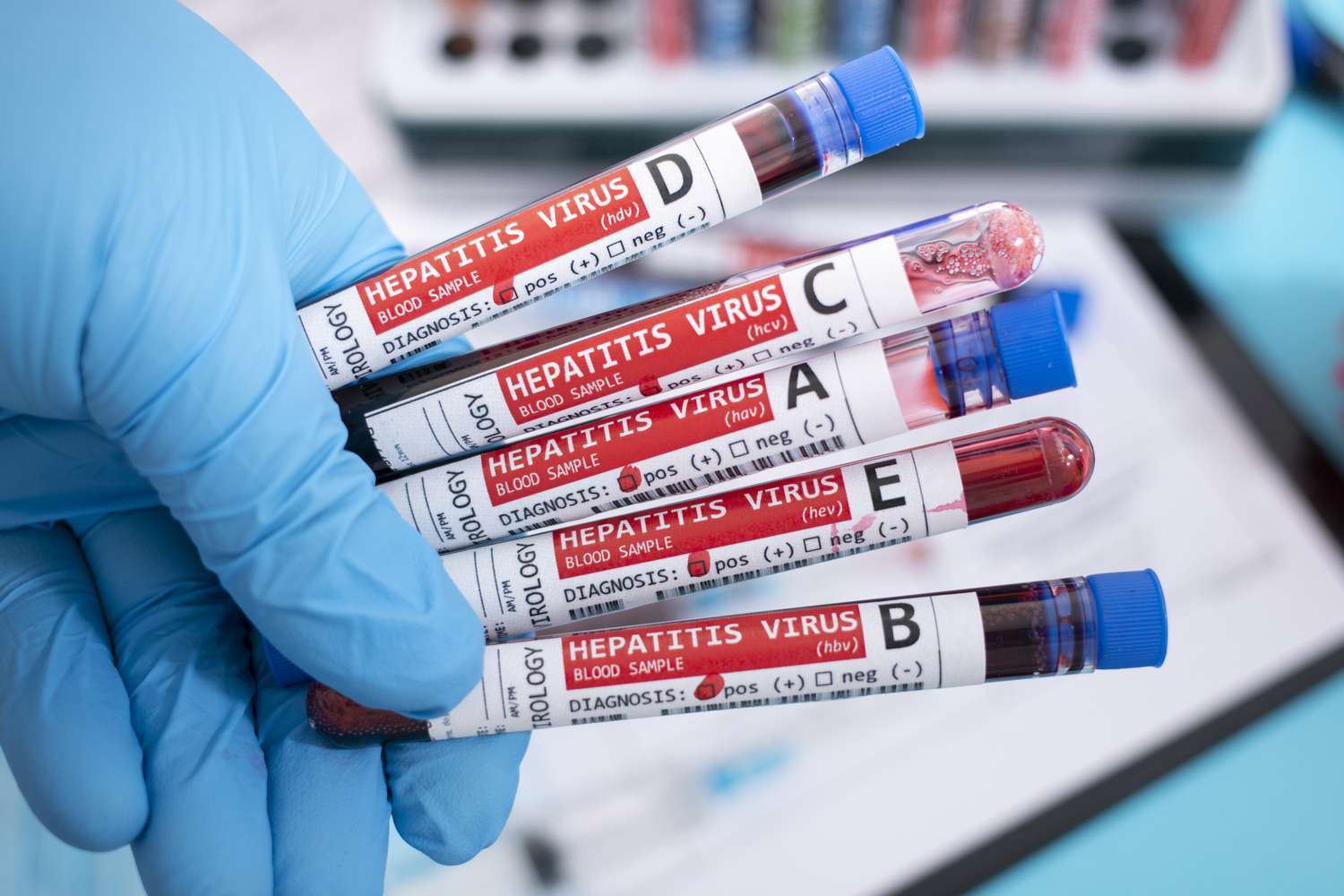By Merilynn Steenkamp – General Manager, South Africa Multi-Country Network at Roche Diagnostics
Most South Africans are familiar with HIV. Our country is among the regions with the highest prevalence in the world. However, we have made significant progress towards making the majority of HIV-positive people aware of their HIV status and made considerable headway in delivering antiretroviral treatment (ART) to those who need it. Among the lesser-known challenges we face, however, is another health crisis that can be 100 times more infectious than HIV, even though there is a vaccine available.1,2
Viral hepatitis is responsible for over a million deaths each year, which is easily comparable to the annual deaths from HIV and AIDS (1.3 million), malaria (0.9 million) and tuberculosis (1.3 million), and mortality rates are rising. Since 1990, deaths related to viral hepatitis are up 63%, making it the seventh leading cause of mortality in the world. If this comes as a surprise, you are not alone. Despite the growing burden of viral hepatitis, there is a persistent lack of global awareness of the severity of the problem and not enough commitment from healthcare providers to fight the disease.2
What is Hepatitis?
Hepatitis is a contagious set of viruses that cause inflammation of the liver. It encompasses five strains: A, B, C, D, and E. According to the World Health Organization (WHO), hepatitis is a leading cause of death globally, claiming approximately 1.3 million lives every year — a similar number to TB, even though it garners far less media attention. Shockingly, around 300 million people worldwide are living with chronic hepatitis infections – a far higher number than those living with HIV.3
Hepatitis is an inflammation of the liver. Some types can resolve without treatment, while others can lead to severe complications like fibrosis, cirrhosis or liver cancer if left undiagnosed and untreated. Chronic hepatitis B virus (HBV) infection is particularly dangerous as it can result in life-threatening liver diseases when left undiagnosed and untreated.3
Transmission routes vary: Hepatitis A and E are commonly spread through contaminated food and water, while Hepatitis B, C and D are transmitted through contact with infected bodily fluids. These include infected blood, which commonly transmits between drug users sharing needles. Infection can occur through unsafe medical practices, mother-to-child transmission or intercourse. Symptoms can be elusive; many individuals may be asymptomatic, while others may experience jaundice, fatigue, nausea and abdominal pain.3
The South African Burden
The burden of liver disease in South Africa is thought to be highly underestimated. Chronic viral hepatitis – and particularly HBV – is a silent and neglected killer. Many South Africans face limited access to screening, care and treatment, and human and financial resources under strain.2
Patients with chronic HBV infection have a 15 to 40% risk of developing cirrhosis, liver failure or liver cancer and a 15 to 25% risk of dying from HBV-related liver diseases.3
Everyone Deserves to Get Tested
An estimated 95% of people with chronic HBV and/or HCV are unaware of their infection and, consequently, don’t receive clinical care or treatment. Without diagnosis and treatment, around one-third of those chronically infected with viral hepatitis will die.3
The alarming numbers highlight the urgency of prioritising hepatitis in our national health agenda. We need new funding models, public awareness campaigns and improved access to testing and treatment.
The journey towards eliminating hepatitis in South Africa begins with informed conversations and collective action. Everyone deserves to be educated about this little-known epidemic and everyone equally deserves a chance at a long, healthy life.
We need to break the silence surrounding hepatitis. Community engagement will help disseminate vital information about the risks and importance of proactive and early testing. Everyone should know their status – for their own peace of mind, a better chance at living a long, healthy life and a lower risk of transmitting this highly contagious virus to others.
Let’s Take Aim at Hepatitis
Hepatitis can be overcome. We have seen it happen. Egypt has proved that with concerted effort and investment, hepatitis can be effectively managed. The country’s successful campaign to eliminate hepatitis C – once a leading cause of death – showcases the potential of public-private partnerships to transform healthcare outcomes. Incidentally, this achievement makes Egypt the first country to achieve “gold tier” status on the path to eliminating hepatitis C as per WHO criteria.4
South Africa can be just as impactful in eliminating hepatitis. Through integrated healthcare approaches that streamline testing for hepatitis alongside other prevalent diseases like HIV and TB, we can prioritise comprehensive care for patients.
Every South African needs to have a meaningful conversation about hepatitis and take the initiative to get tested at their local healthcare facility. Vaccination should be a priority so that we can prevent hepatitis from overcoming the immense progress we have made towards addressing our disease burden.
If we make a concerted effort together, we will win. Let’s start by talking about it.
References:
1. ongoing-disparities-in-south-africas-hiv
epidemic/#:~:text=SABSSM%20VI%20found%20that%20the,to%207.9%20mi llion%20in%202017.
2. final_.pdf
3. 4. achieve-who-validation-on-the-path-to-elimination-of-hepatitis
c.html#:~:text=9%20October%202023%2C%20Cairo%2C%20Egypt,C%20as %20per%20WHO%20criteria
#Breaking #Silence #Hepatitis #South #Africas #Overlooked #Epidemic



